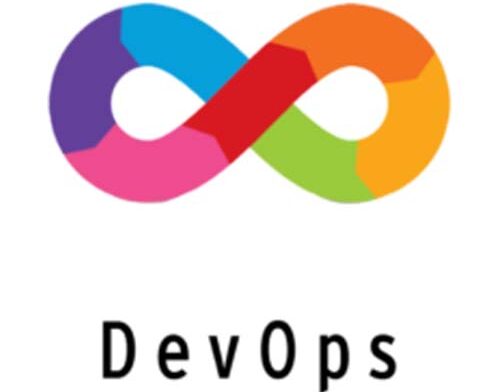Oracle Pl/Sql Training
Oracle is one of the most preferred languages in the IT industry! With humongous years of experience, Infycle provides authentic & definitive career guidance to its students. Join us today to get a life-changing career opportunity!
PLSQL is similar to writing code for C, C++. You have to deal with loops, conditional statements(mostly),array and much more. The backend communicates with the front-end, sending and receiving information to be displayed as a web page. Pl/SQL helps creating business logic that helps in backend work, main logic with with database which is created by PL/SQL and node JS(back end tech).
PLSQL is similar to writing code for C, C++. You have to deal with loops, conditional statements(mostly),array and much more. The backend communicates with the front-end, sending and receiving information to be displayed as a web page. Pl/SQL helps creating business logic that helps in backend work, main logic with with database which is created by PL/SQL and node JS(back end tech).


oracle

On/Offline

3-6 month
Weekdays/Weekend



Oracle PL/SQL training at Qmatrix Technologies is a program designed to teach participants the Oracle Procedural Language/Structured Query Language, a powerful database programming language.
While prior experience can be helpful, our Oracle PL/SQL courses cater to both beginners and individuals with database or programming backgrounds.
Oracle PL/SQL is widely used in database development and management, and completing our training can lead to opportunities in database administration and related roles.
Yes, Qmatrix Technologies provides placement assistance to help Oracle PL/SQL graduates find job opportunities in database-related fields.
The Oracle Certified Associate (OCA) credential is the first step toward gaining an Oracle Certified Professional certification. This certification makes sure that a candidate is well-equipped with fundamental skills.
Organizations are handling more data than ever, and a prominent aspect of big data is database management. The OCA certification has a good market value. It substantiates your proficiency to install, troubleshoot and maintain Oracle database architecture. It is framed for database admins, IT managers, software engineers, software developers and any professional who works intimately with Oracle’s database software. The OCA DBA is provided in three tracks comprising 11g, 12c and SQL.
The Oracle Certified Professional (OCP) credential is based on the fundamental skills shown by the OCA. This professional has command over a specific field of Oracle technology and has an excellent level of knowledge and skills. IT managers commonly use the OCP credential to evaluate the qualifications of employees and job aspirants.
The Oracle Certified Master (OCM) credential recognizes the highest level of proven skills and knowledge. OCMs are well-versed with the most difficult questions and solve the most complex issues. The OCM validates the aspiring candidate’s abilities through profound performance-based exams. The certification typically works on the fundamental skills of the OCA and the more advanced skills of the OCP.
The Oracle Certified Expert (OCE) credentials recognize proficiency in specific, niche-based technologies and architectures. The candidate should have a great understanding of both foundational skills and advanced technologies here. The Oracle Certified Specialist (OCS) credentials are typically implementation-based certifications that are framed on focused products or skill sets and provides a good analysis of a candidate’s level of competency in a particular domain.



